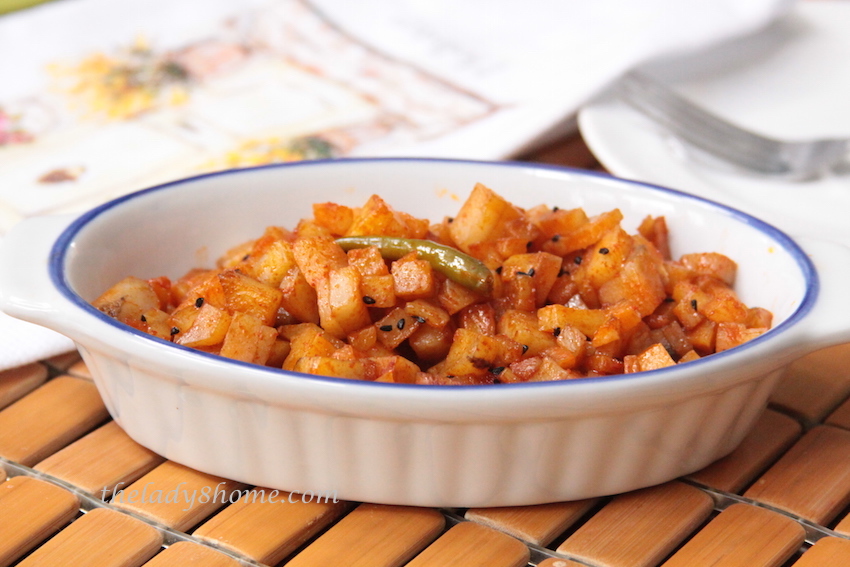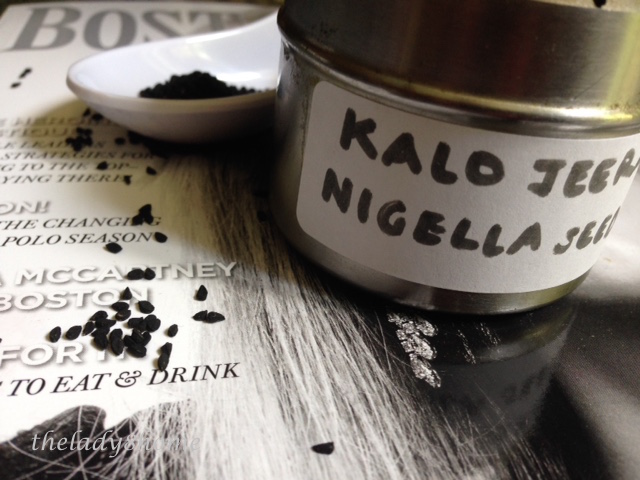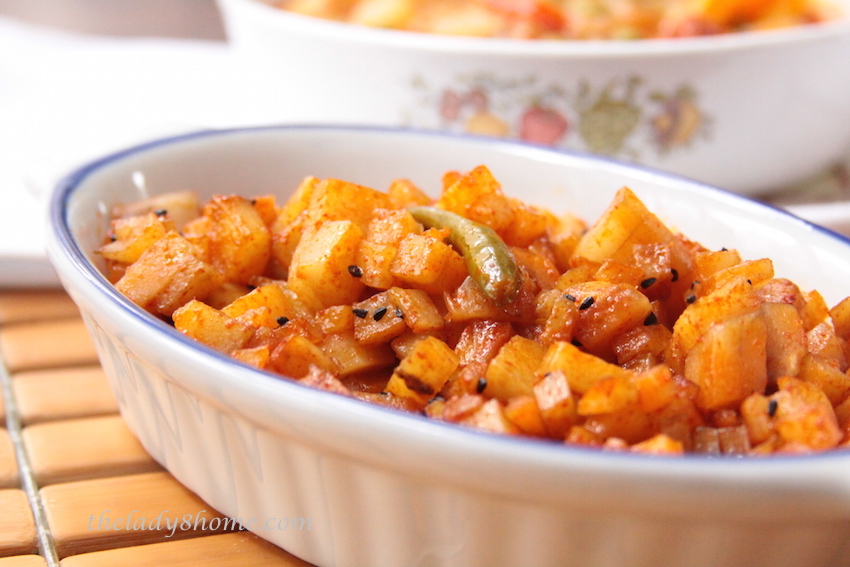As a youngster, I found train stations to be magical places. The screaming engines, swishing smoke chimneys that rose out of the beasts that pulled the beautiful red, blue, green bogies, beats of footsteps as people jogged, ran, walked, limped to the trains they had to board, dragging their suitcases, bedding holdalls, and trunks behind them. In most cases, porters called ‘coolies’ would balance the load of luggage on their turbaned heads as passengers tried to keep up pace with the efficient coolies, who walked ahead of them with effortless ease, as if the tons of weight on top of their head weighed nothing.
Long distance travellers would always book their tickets in sleeper cars. Back in those days, the reservation charts would be put up right before the train arrived, informing people whether they had a confirmed seat or were on the waiting list. Crowds of people would mill around the reservation chart boards, trying to find their names down the list. It was a wee bit like winning the lottery. At times people would come away with shining faces, which meant they had gotten the seats they desired. At other times, there would be murmurs of discontent. It could be that a family of 4 had seats in different compartments, or a 70 year old Mom had to climb the third row sleeper seat.
The seats in the train were generally three-tiered, designed like bunk beds. During day time, everyone was supposed to sit on the lower berth seat. During the night, the seat in the middle row, that acted as a backrest for the lower berth during day time, could be lifted up and secured with chains that connected to the top berth, for sleeping. Getting a middle row berth was not fun. Once the middle berth went up, people on the lower berth had to stoop in order to sit. Which meant the people sleeping in the middle berth had to get up first thing in the morning so that fellow passengers were not inconvenienced.
Long distance travel meant hours of journey, and lots of luggage, as well as food that were packed in large tiffin boxes. People wore layers of clothing, depending where their destination was.
At one vacation travel time at the New Delhi railway station, my Father lost his much loved wool scarf. Someone had unwrapped it from around his neck and filched it when he was busy looking for our names in the reservation chart. We were off to our grandma’s place that took three days of train ride, with two train changes on the way.
During my childhood, each piece of clothing was valued, bought with a lot of thought, budgeted for over a period of time, and cared for years to come. Those days, each piece of clothing, especially wool, was hand-woven as concept of mass production was still in its nascent stage. Losing a single piece of garment meant a loss that was deeply mourned.
I felt enraged at the thieving faceless person who had dared to divest my Father of his beloved scarf, putting in a dampener to our much awaited holiday even before it had begun. My young, angry eyes automatically scoured the crowd in an attempt to find the thief, as if my gaze alone would produce the offending mugger out of thin air.
Then, from where I was standing, I saw a long, familiar scarf hanging from the arms of an unknown person who was on the other side of the reservation board. He was one of the pairs of ‘legs’ amongst many, and the scarf was almost touching the ground. I stared at the brown, white, red, and gray pattern of the scarf that was beautifully illuminated by the over head light falling on the board.
‘Isn’t that your scarf Baba?’, and I took off, even before my Baba could utter a single word.
I pulled. He pulled right back. I crouched low, pulled again with all my might. I was on hunched on my heels, this side of the giant board, while he was standing in line, on the other side. All I could see of him was legs encased in cheap cotton pants, beltless, and hands that clutched the scarf. The tussle lasted for about 20 seconds. One last jerk, and the soft material was safe in my hands. I ran back.
The man did not utter a single word during the entire tug of war. No alarm raised, no screams or a shout. He lost the battle with a ten year old and I was back to my family, face beaming, lifted right off my feet by my jubilant Baba who hugged me, tousled my hair (didn’t like that part) and secured the scarf around his neck with love.
He still treasures that scarf.
My Baba also loves this aloo chochori. This is one of most loved Bengali potato preparations, and goes very well as a side for rice and dal. The flavors of this dish comes primarily from nigella seeds, or onion seeds, that are widely used in Bengali cuisine.
You can this with roti, or even as a sandwich filling. Or just scoop and eat. It’s delicious!
- 4 large potatoes peeled, cubed really small (about ¼ of an inch)
- ¼ tsp Nigella seeds (onion seeds)
- 2-3 Thai green chilies
- ½ tsp turmeric
- 1 level tsp red chili powder
- ½ tsp sugar
- 3-1/2 tbsp mustard/olive oil
- 1 tsp salt
- In a non stick saute pan (with a lid), heat oil to smoking
- Splutter nigella seeds and slit thai green chilies
- Add potatoes, stir.
- Coat the potatoes with oil. Add turmeric, salt and sugar.
- Stir on medium flame.
- Lower the flame, add red chili powder. Give once over stir, then cover the pan.
- Let the potatoes cook on a low flame for 10 minutes, giving it a gentle stir every once or twice.
- Check if the potatoes are done. If too dry, add 2 tbs of water. Cover and cook for another 5-10 minutes (some potatoes take more time to cook, others less).
- Check for doneness.
- Serve.






27 comments for “Aloo Chorchori with Nigella”